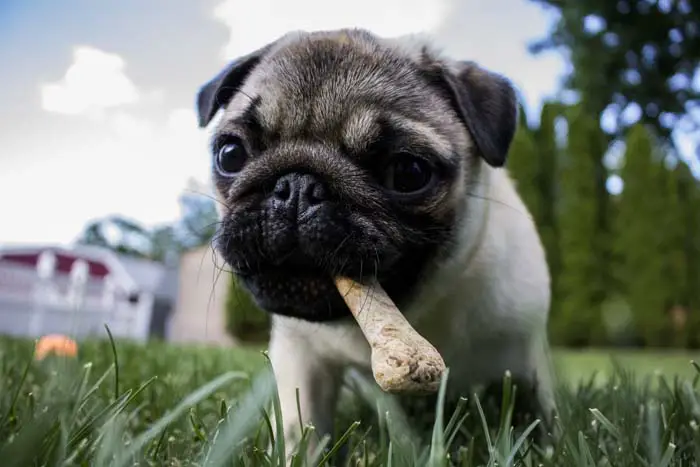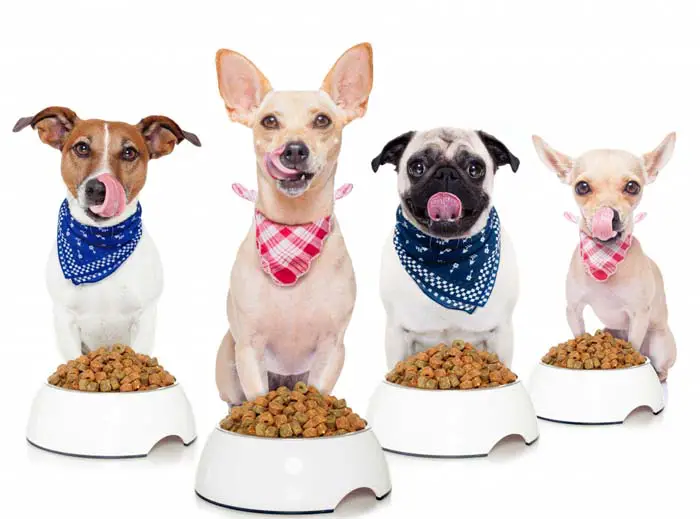Consuming food that is properly stored and is still fresh is ideal. But when humidity and temperatures continue to rise, there is a greater likelihood that the food may go bad. Knowing that you can avoid throwing away your groceries by storing them in the freezer or sealing them in airtight bags is comforting. However, it is also possible to employ both of these methods. But what about the food for your four-legged friends? There is also an expiration date on food for pets.
There are primarily three causes of food spoilage.
· Air
To be out in the open air is to be exposed to microorganisms. Maintain as little air as possible in the food storage container.
· Mold
The presence of mold is a consequence of the presence of excess moisture.
· Temperature
Don’t keep your pet’s food in the shed or garage, where temperatures can easily exceed 100°F, even if the packaging is still sealed. Canned and kibble food manufacturers typically advise keeping them in a cold, dry place. A closet or pantry inside the house, such as the kitchen, is ideal.
Follow these guidelines to store food for your pet properly:
Dry food
You should keep dry food for pets in a cold, dry place. Keep already-eaten food, but do not put it away in its original containers. In order to shield the contents from potentially harmful parasites, moisture, and air, the container needs to have an airtight seal. There are containers available for storage specifically for your pet companion’s food. Nevertheless, any airtight container of an appropriate size will do.
Rolling the top of pet food bags allows the air to escape and keeps the food fresh. The simple reason you want to provide your friends with high-quality food and oxygen makes fats rancid. Also, the longer food goes unconsumed, the fewer nutrients it contains. Rather than purchasing a single large bag every few months, purchasing several smaller bags regularly would be more cost-effective.
Canned Food
The shelf life of unopened canned pet food is quite long. Sometimes, these foods can last up to 5 years after canning. But this depends on the ingredients and the method used. Rotate the cans on your shelves to make tracking when you should throw things out easier. This allows the oldest ones to be at the front and the newest ones to stay at the back. After opening a can, you can store any leftovers in the fridge for up to 5 days if you put them in an airtight container.

Wet Food
As long as the containers are airtight, storing wet food is not a major hassle. Use the same methods for storing other items as you would for food. That is to say, in places like your kitchen cabinets. But you should save the original package. Ruining an otherwise perfect gift takes only one small dent or puncture.
After removing the wet pet food from its packaging, store it in a refrigerator or another cold location. If there are any leftovers, place them in the refrigerator as soon as you can. This is to give them to your dog or cat at their next meal. Make it a routine to use containers that seal tightly or are made of glass, as well as can lids and plastic wrappers. This ensures that the food retains its freshness for the maximum amount of time.
Refrigerated Pet Foods
Refrigerated foods are gaining popularity; you can get them in many grocery stores and pet retailers. You can use small plastic containers, bags, and rolls to store some food. Check the expiration dates on the packages of any pet food that needs refrigeration, no matter what kind of pet you have. In addition, you should use perishable food within 5 days of opening the packaging. However, if you have any leftovers, you can try freezing them if the packaging instructions allow it.
Raw Food
The packaging of commercially prepared raw pet foods will include information on how long you can refrigerate and freeze the food. There are several standard precautions to take when preparing homemade cat food. If kept raw, you should store fish, poultry, and ground meats in the fridge for up to 2 days. If you don’t use it within two months, make sure you freeze the meat. For example, store chops, steaks, and roasts in the fridge for 3 to 5 days. When properly packaged and stored in an airtight container, frozen meats typically have a shelf life of between 4 and 6 months.
Raw food items are best consumed all at once. However, if you have leftovers after a meal, you can save them by storing them in the refrigerator if they have been out for less than an hour.
Note: Checking the expiration date of any pet food is important. Additionally, you should strive to shop for food with a shelf life that is as long as possible. Pet food packages may remain untouched for a very long time on store shelves or storage facilities before being purchased. This can reduce the food’s nutritional value, which is not ideal for your pet.
Tips for storing food safely
- To prevent the growth of germs, mold, or other pollutants, wash the dish with soapy water after each use.
- You should always save the pet food’s original package in case your cat or dog gets sick. The label or list of ingredients can be removed from the package and taped to the outside storage container.
- Keep your pet food away from the dampness of the garage. Store it in the same area as your food to prevent spoilage.
- To keep your pet healthy, ensure that you inspect the dry pet food’s expiration dates. Leftovers can be stored in your freezer for up to 6 months, extending their shelf life.
- Do not mix food from various bags while transferring pet food into a sealed container. Doing so will prevent you from knowing how long food has been stored in the container. Make sure your pets consume all of the food in the container before you replenish its contents.
Keep the food for your pet in the appropriate container.
Oil-resistant layers in pet food bags prevent kibble from losing its freshness and flavor. Scratches on plastic pet food containers allow rancid oils to accumulate. This taints new food and perhaps makes your pet sick.
Also, since oxygen hastens the rancidity of oil, folding up the bag and securing it with a bag clip isn’t ideal for retaining freshness. What is the most effective method of storage?
You should store pet food in its original bag. After that, place the entire bag inside an airtight container. There are containers made specifically for storing pet food, but any container with a top that provides an airtight seal will do. If you’re storing the pet food in its original bag, you can use a plastic storage container, but make sure it’s BPA-free.
You can even store pet food in a smaller container if you don’t have the space for a large bin. Choose an airtight container made of metal or glass to prevent scratches for cats, dogs, or humans.
If you want your food to last longer, store no more than a week’s worth and wash the container completely between uses. Last, you should never add extra food to an empty pet food container. This is because it can result in fresh food being tainted by the spoiled food buried at the bottom.
Conclusion
Don’t risk your pet’s health by feeding it something that doesn’t appear nice or that has packaging that’s been damaged.
In the end, how you keep the food for your pet might make a significant difference. If you take care of your pet’s diet, it will be thankful to you for the rest of its life. Therefore, keep in mind these suggestions about how to store food for pets. You’re going to be happy that you did it!

